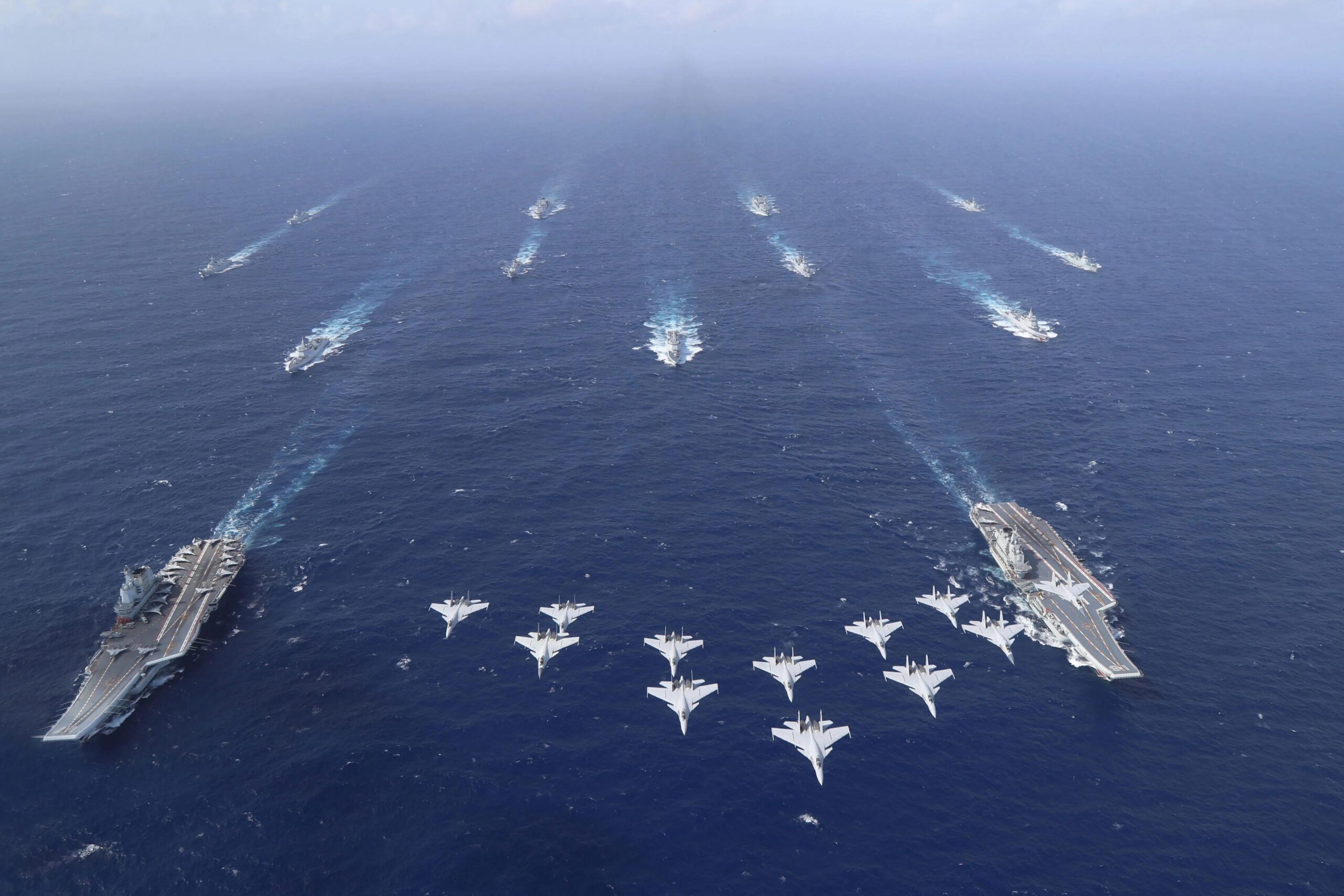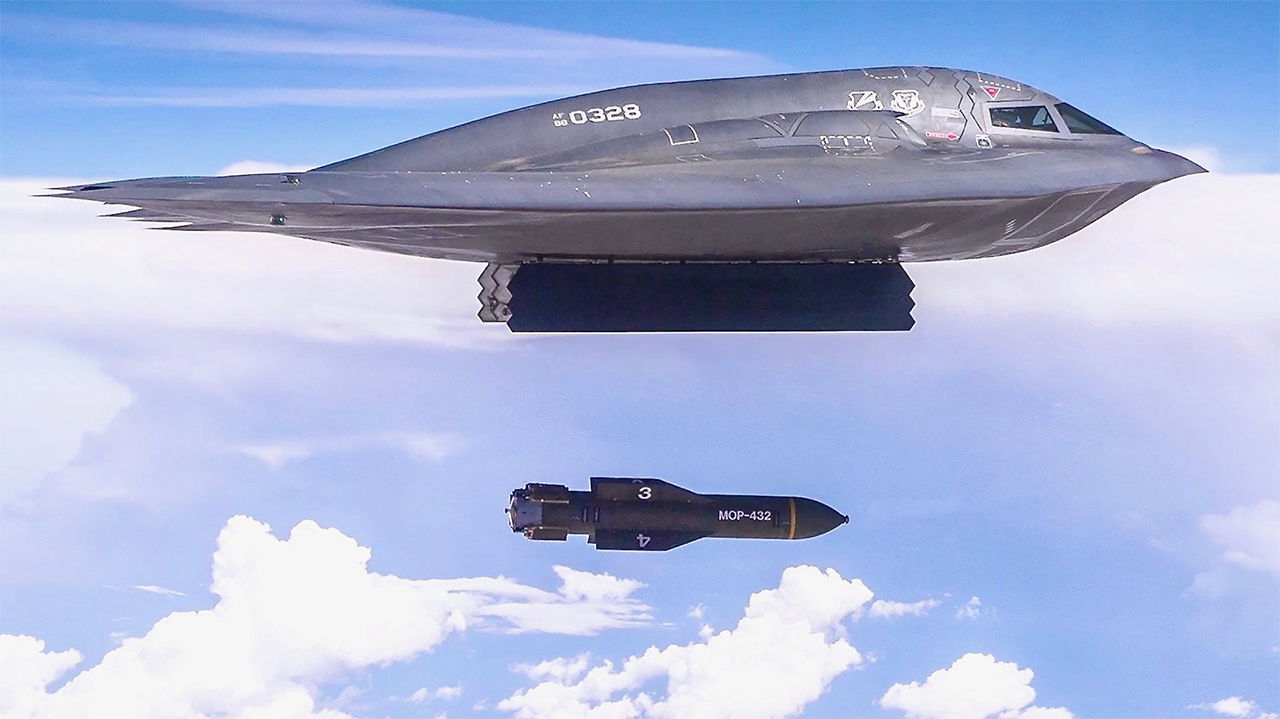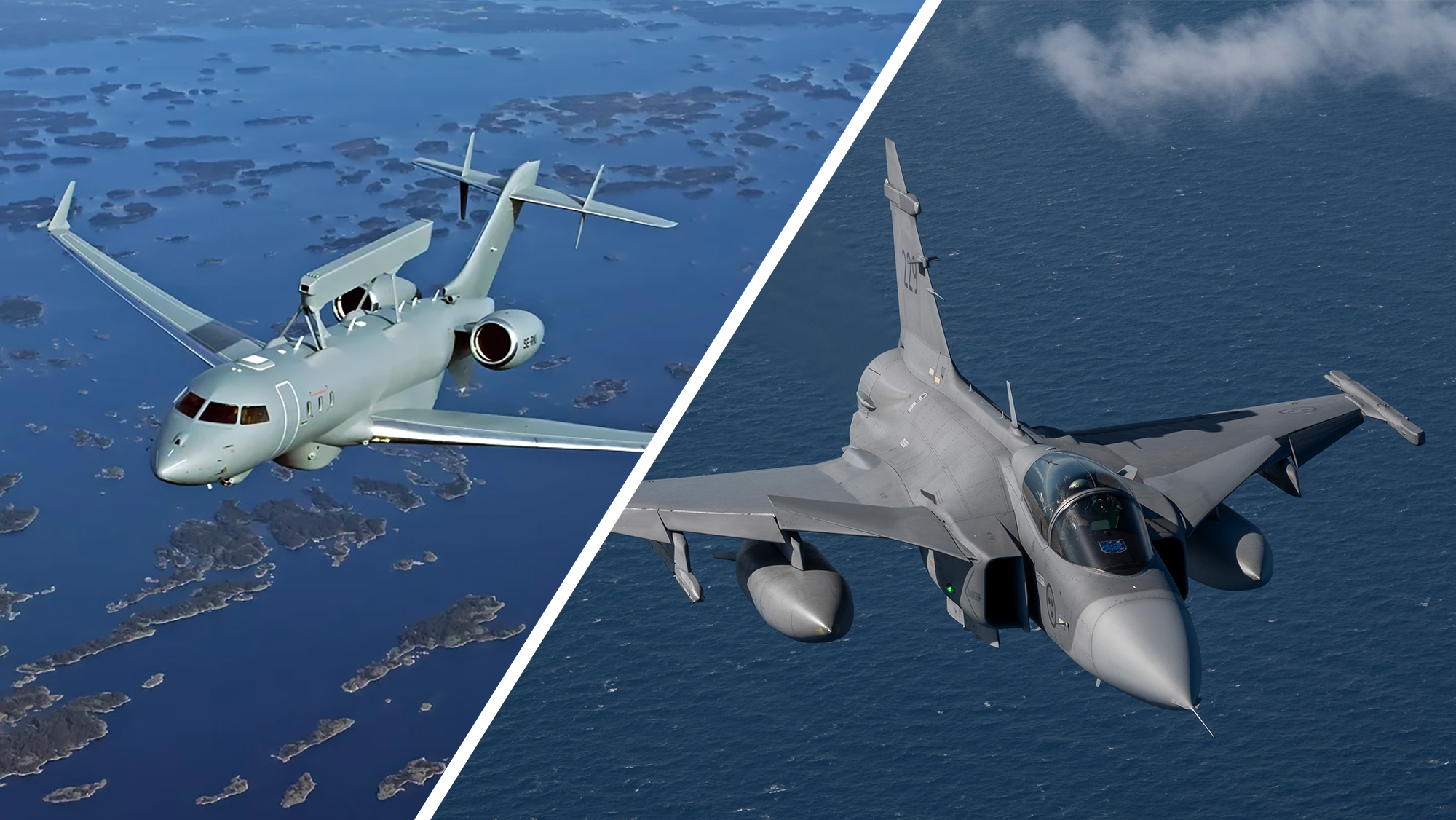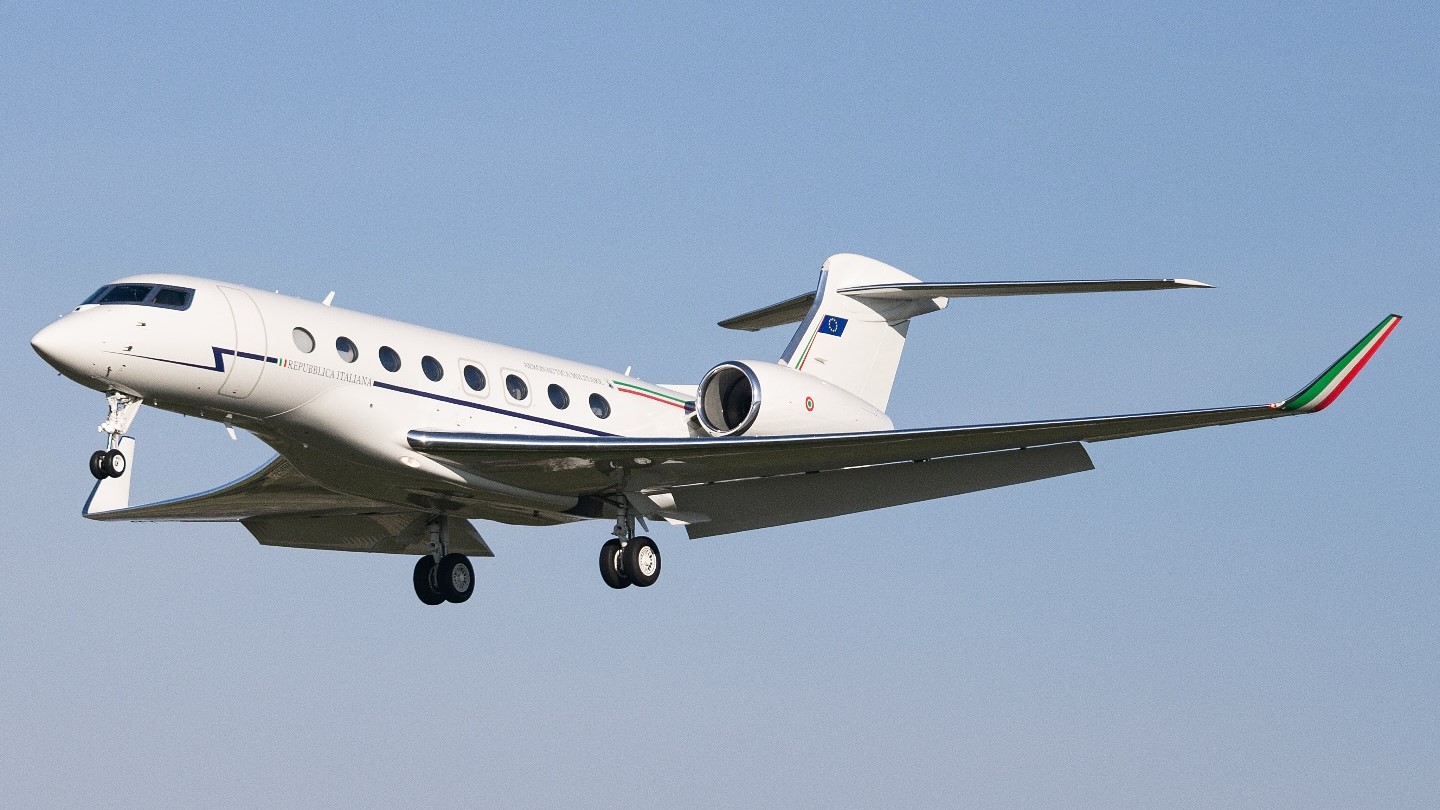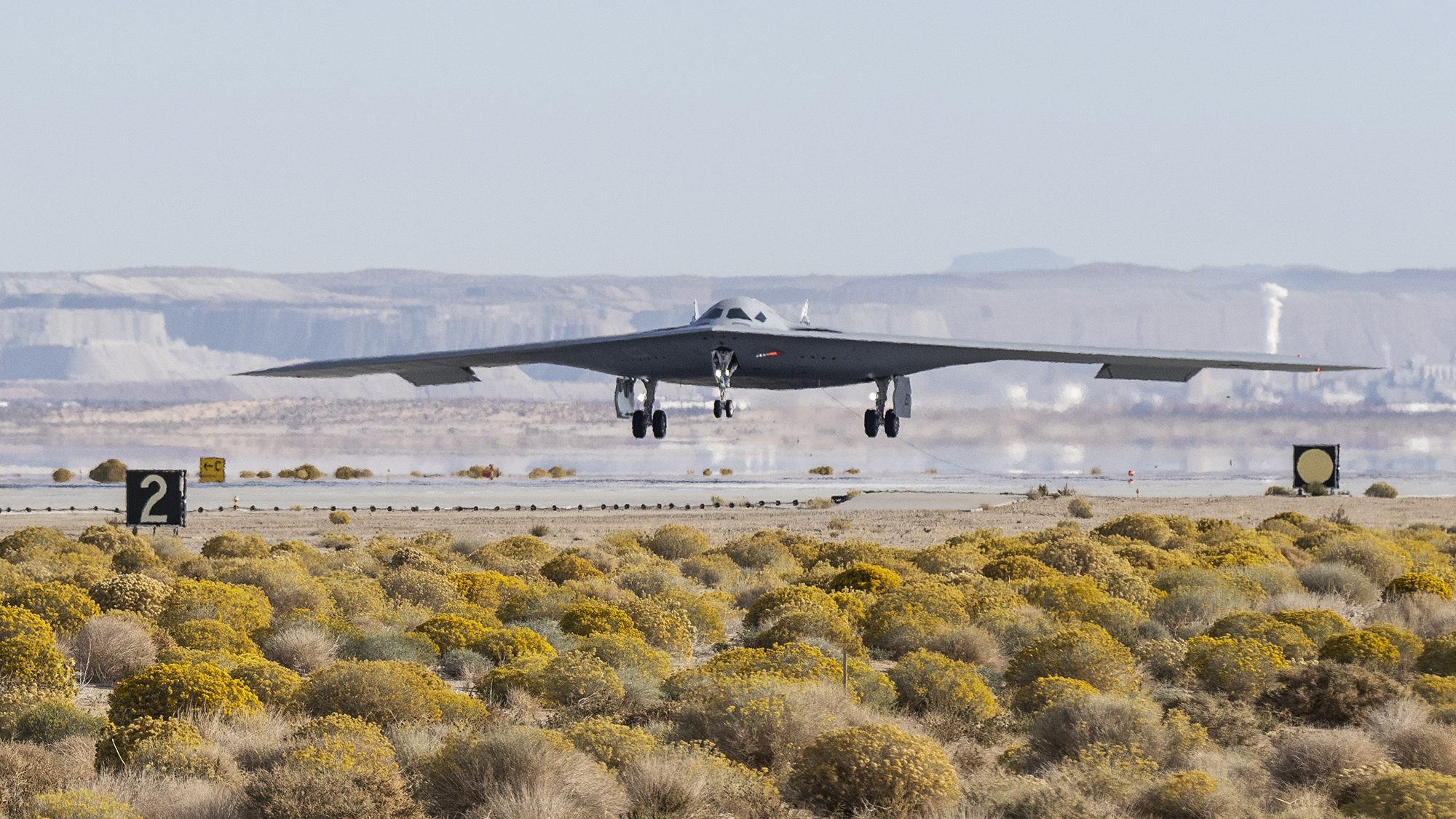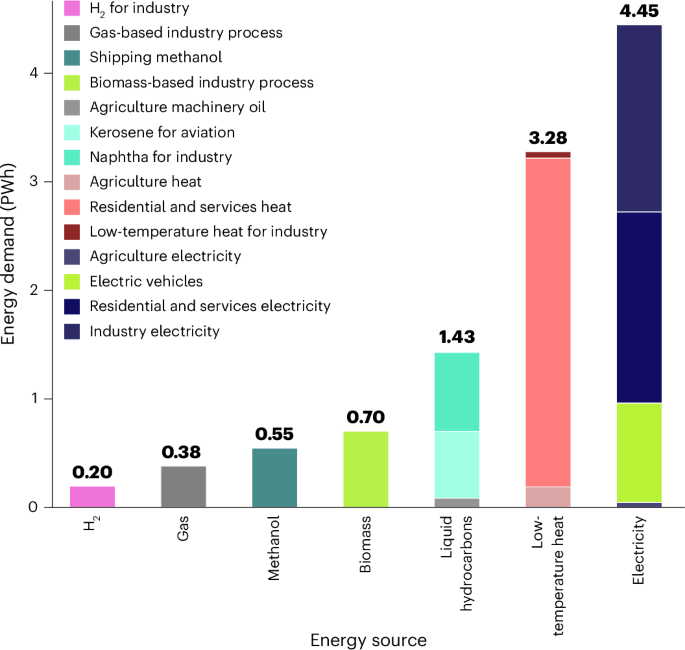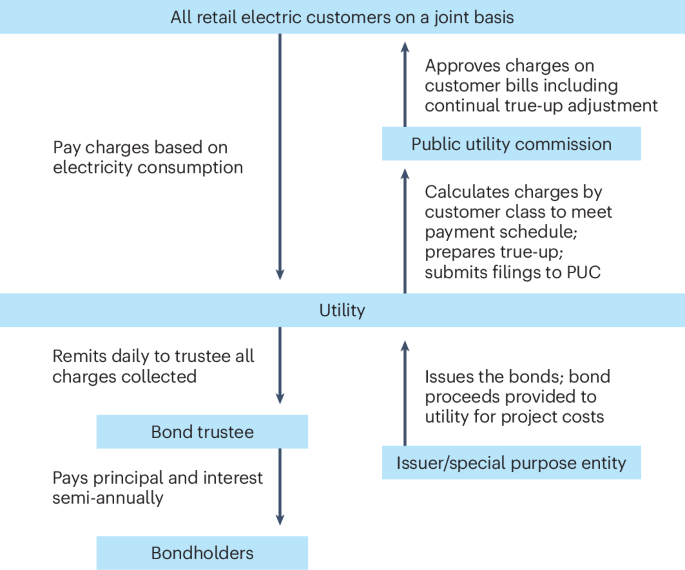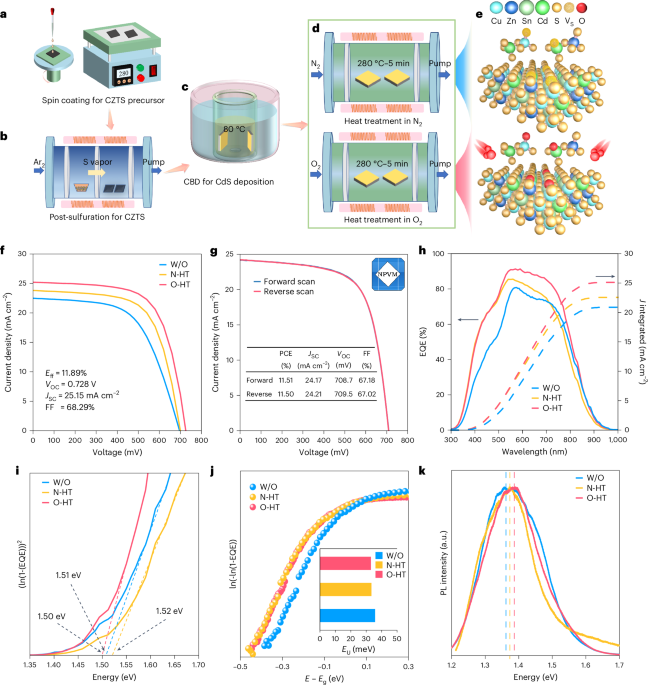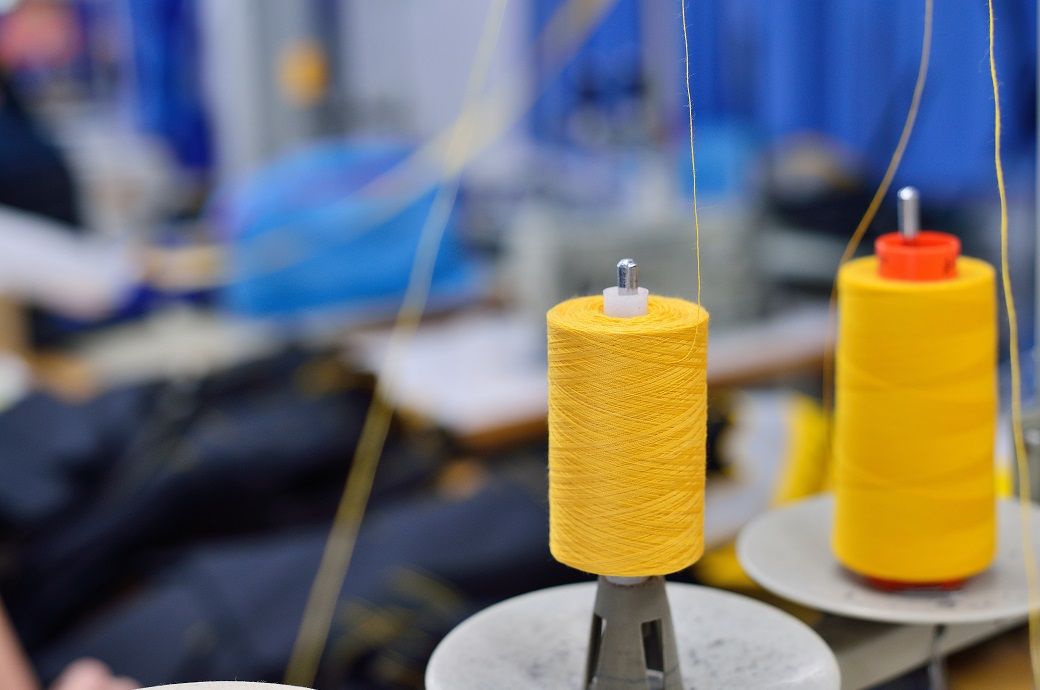Leidos unveils ‘low-cost’ unmanned undersea vessel ‘Sea Dart’
The Sea Dart starts at around $150,000, a Leidos official told Breaking Defense, and works with various payloads and software packages.


Leidos’ latest unveiling at Sea Air Space 2025, the SEA DART UUV is an affordable underwater vessel that doesn’t compromise on capability. (Brendon Smith / Breaking Defense)
SEA AIR SPACE 2025 — Defense and information technology company Leidos this week unveiled a new unmanned undersea vessel (UUV) called Sea Dart, what the company is advertising as a “low-cost,” versatile maritime weapon.
“The price of UUVs continue to escalate,” Jason Weed, the undersea subject matter expert in Leidos’ Maritime Systems Division, told Breaking Defense Tuesday. But, he said, with the Sea Dart starting at around $150,000 per unit, “we’re able to provide these at scale. You can build 600-700 Sea Darts with $100 million.”
Leidos officially revealed the “low cost” Sea Dart on Monday, saying that it “currently comes in two different standard diameters, six and nine inches, and is transportable by one or two people. It is payload agnostic and compatible with the U.S. Navy’s preferred Underwater Vehicle software architecture as well as the U.S. Navy’s new non-propagating UUV battery design.” (The announcement said the 12-inch diameter version is “under consideration.”
Leidos says the UUV can travel down to 900 meters and can go as fast as 12 knots, and depending on the payloads attached, it has a battery life of up to 19 hours.
Weed said the first Sea Dart bought by a customer, who he declined to identify, went into the water in March. He also declined to say if the Navy was a current customer, but said Leidos “desired” for the Navy to use Sea Dart on a large scale.
He said that apart from being relatively affordable, the Sea Dart uses a commercial, off the shelf model, meaning buyers can purchase the vessel as it is but add any customizations — for example various sizes and types of payloads. It also has an open architecture model that can work with various software systems. So, depending on the payload and software package, Weed said the vehicle can perform counter-mine operations, battle space preparations, environmental sensing or undersea infrastructure monitoring, among other missions.
“There are a lot of concerns right now with underwater critical infrastructure like cables, so this can monitor those and report back if there are any changes,” Weed said.
Sea Dart is the latest collection in Leidos’ “Sea Systems” portfolio. It joins the small unmanned surface vessel Sea Archer and the medium unmanned surface vessels, Sea Hunter, Sea Hawk, Ranger and Mariner.
Unmanned maritime systems have been an emphasis at this year’s Sea Air Space show, with Anduril and HII announcing the delivery of new UUVs they’ve developed as well.

























































































